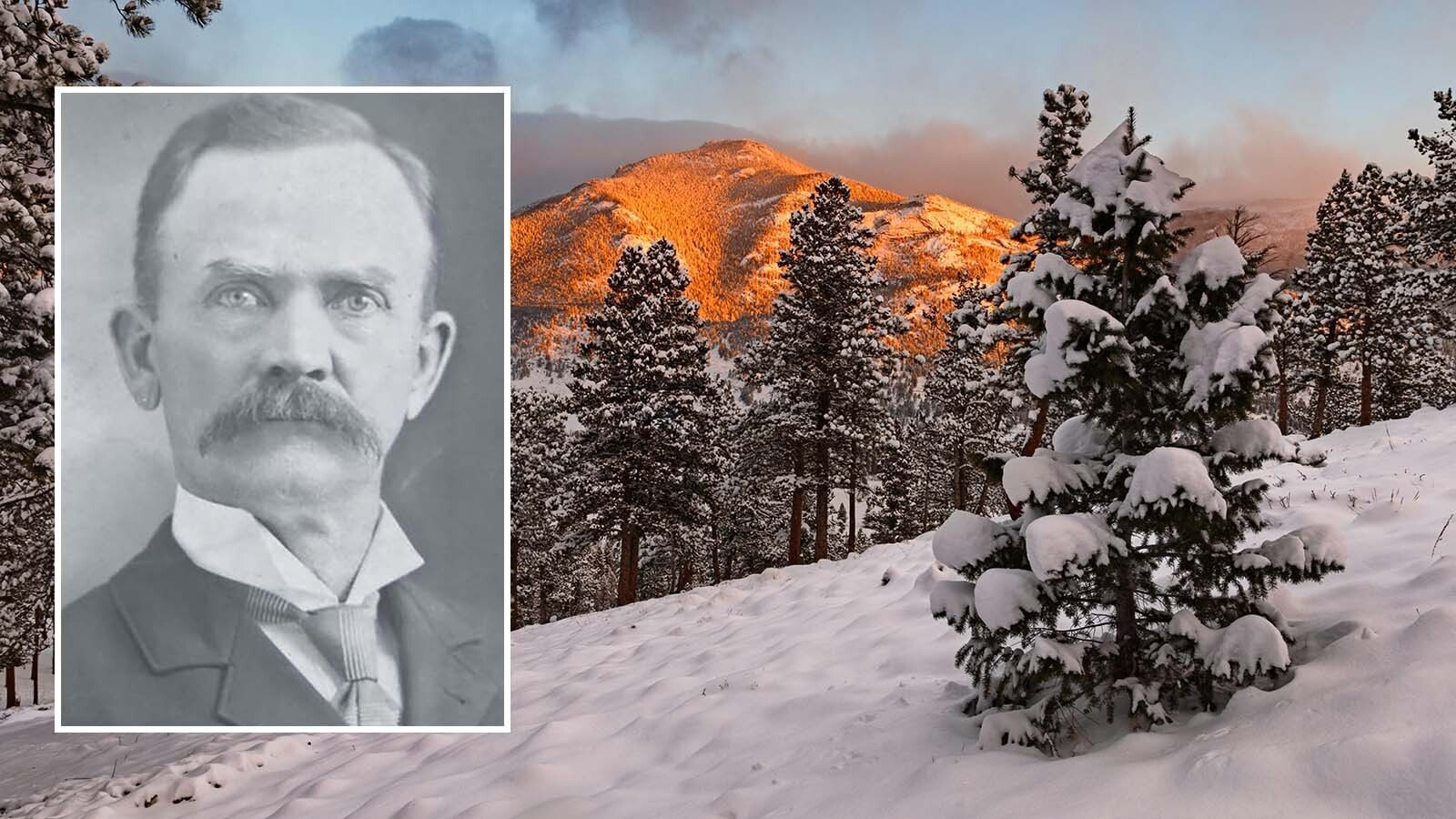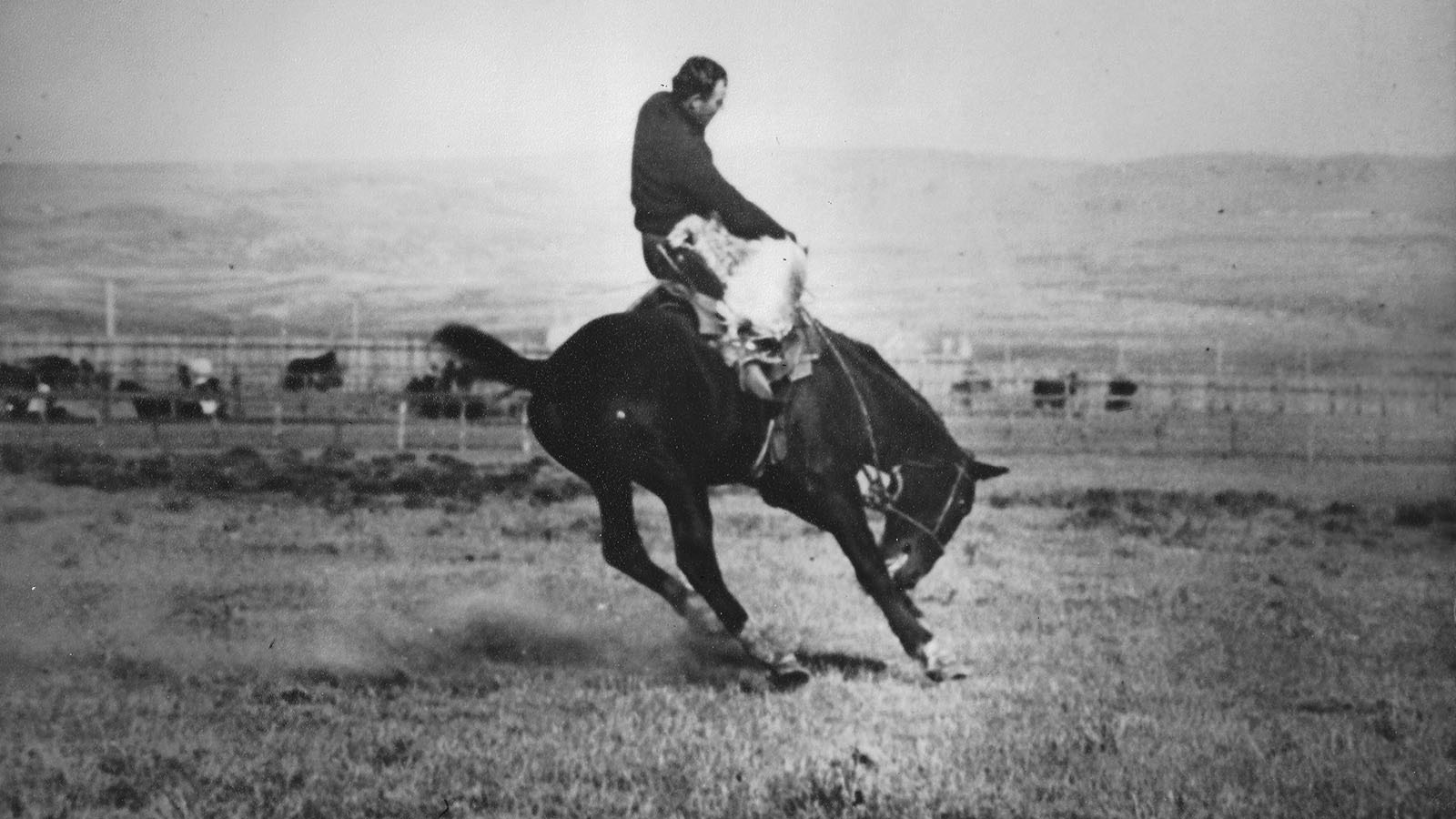Mountain man, scout, frontiersman, honorary Indian chief, and the first to pen an autobiography. And what a story it was. He was legendary in his own time, although early historians largely discounted him.
James Pierson Beckwourth was born on April 26, 1798, in Fredericksburg, Frederick County, Virginia. His mother was an African American house slave. His father, Sir Jennings Beckwourth, a former officer during the Revolutionary War, was the owner of a large plantation. Unconventional for the times, Beckwourth raised young Jim as his own son, although, according to the law, Jim was legally enslaved. His father appeared in open court on three separate occasions and "acknowledged the execution of a Deed of Emancipation from him to James, a mulatto boy."
A few years later, Beckwourth moved his family to Missouri. Beckwourth later recalled the event: “When I was but about seven or eight years of age, my father removed to St. Louis, Missouri, taking with him all his family and twenty-two negroes. [sic] He selected a section of land between the forks of the Mississippi and Missouri Rivers, twelve miles below St. Charles, which is to this day known as “Beckwourth’s Settlement.”
When young Beckwourth was of age, his father sent him to St. Louis for his education. Beckwourth later related: “When about ten years of age I was sent to St. Louis to attend school, where I continued until the year 1812. I was then apprenticed to a man in St. Louis named George Casner, to learn the trade of blacksmith. I took to the trade with some unwillingness at first, but becoming reconciled to it, I was soon much pleased with my occupation. When I attained my nineteenth year, my sense of importance had considerably expanded, and, like many others of my age, I felt my self [sic] already quite a man. One morning I was assailed by my principal in language which I considered unduly harsh and insulting, and on his threatening to dismiss me, I attempted to reply, and acknowledge that his doing so would exactly square with my wishes. Provoked at this, he seized a hammer and flung it at me. I dodged the missile and threw it back at him.”
Not long after this episode, Beckwourth saw an ad in the February 13, 1822, issue of the Missouri Gazette, recruiting young men to join William Ashley’s Mountain Fur Company. “To Enterprising young men. The subscriber wishes to engage One Hundred Men, to ascend the river Missouri to its source, there to be employed for one, two or three years. For particulars, enquire of Major Andrew Henry or to the subscriber at St. Louis. Wm. H. Ashley”
It was an adventure opportunity the young strong-willed Beckwourth dreamed of. Beckwourth recalled: “Accordingly, I went home to my father, and related the difficulty with my master. Seeing my determination, my father finally consented to my departure. He admonished me with some wholesome precepts, gave me five hundred dollars cash, together with a good horse, saddle, and bridle, and bade me God speed upon my journey.”
Beckwourth signed on with the Rocky Mountain Fur Company and would be counted among the future legendary members of the company, including James Bridger, Thomas Fitzpatrick, David Jackson, Hugh Glass, Jedediah Smith, and William Sublette. Beckwourth was fortunate to be working directly under Ashley during those formidable years of fur trading. Ashley's new trading company was the first to depend primarily upon trapping the beaver rather than buying them from Native Americans. Thus, Ashley conceived the idea of holding a large open trading arena for trappers and Indians. That first year, 1825, Ashley selected a spot near Henry's Fork on the Green River in today’s southwestern Wyoming. Here, Ashley and his men convened along a small stream. Later that year Ashley wrote:
“On the first day of July all the men in my employ or with whom I had any concern in the country were assembled in two camps near each other about twenty miles distant from the place appointed by me as a general rendezvous.”
So successful was this first rendezvous that Ashley named the small stream Rendezvous Creek. From then on, the Mountain Man Rendezvous became an annual event. Beckwourth was present at that first gathering where over one hundred mountain men traded beaver pelts and purchased supplies for the next season. The event marked a celebrated era in American history. It was also during this time that Beckwourth became acquainted with other well-known mountain men such as Christopher “Kit” Carson, Thomas Fitzpatrick, Jim Bridger, Jedediah Smith, and William Sublette, to name a few. In the fall of 1828, while trapping in the high Rocky Mountains along the Power River with Jim Bridger, Beckwourth came into contact with a party of Crow Indians. After some conversation and trading, Beckwourth concluded he could make more money trapping and trading with the Crow Indians than he had made working for William Ashley or Smith or Sublette. Beckwourth terminated his employment and camped with the Crow tribe along the river. Beckwourth spent the next four years with the Crows, gaining considerable influence with the tribe.
It was during this time that Beckwourth, by his own account, was smitten by the young Crow warrior woman, Pine Leaf. According to Beckwourth, Pine Leaf and her twin brother were captured by the Crows when she approximately ten years old and were raised by Crow women. When her brother was killed in a battle with the Blackfeet, Pine Leaf swore that she would kill one hundred enemy warriors with her own hands. Pine Leaf was allowed to participate in may battles fought by the Crows and her bravery was greatly admired.
"Whenever a war party started, Pine Leaf was the first to volunteer to accompany them,” Beckwourth recounted. “Her presence among them caused much amusement to the old veterans; but if she lacked physical strength, she always rode the fleetest horses and none of the warriors could outstrip her, and when I engaged in the fiercest struggles, no one was more promptly at my side than the young heroine. She seemed incapable of fear and could fire a gun without flinching and use the Indian weapons with as great dexterity as the most accomplished warrior.”
The couple were married, in the Crow tradition, for only five weeks when Beckwourth left the Crow encampment. He never saw Pine Leaf again.
In 1837, Beckwourth attended the annual Rendezvous at Green River and Horse Creek. Beckwourth related: “After ‘caching’ our peltry and goods by burying them in safe places, we received instructions to rendezvous at the ‘Suck’ by the first of July following. Bidding each other adieu, for we could hardly expect we should meet again, we took up our different lines of march. Our party consisted, led by one Clements, of six, among whom was the boy Baptiste, he always insisted on remaining with his brother (as he called me.) Our route was up the river – a country that none of us had ever seen before – where the foot of the white man had seldom, if ever, left its print. We were very successful in finding beaver as we progressed and we obtained plenty of game for the wants of our small party. Wherever we hauled up a trap, we usually found a beaver, besides a considerable number we killed with the rifle. In moving up the river we came to a small stream – one of the tributaries of the Green River – which we named ‘Horse Creek’ in honor of a wild horse we found on its banks. The Creek abounded with the objects of our search, and in a very few days we succeeded in taking over one hundred beavers, the skins of which were worth ten dollars per pound in St. Louis. Sixty skins, when dried, formed a pack of one hundred pounds. After having finished our work on Horse Creek, we returned to the main river, and proceeded on, meeting with very good success, until encountered another branch, which we subsequently named LeBrache Creek, from our comrade who was murdered by the Indians.”
This would be Beckwourth’s last mountain man rendezvous. Following the rendezvous Beckwourth took his beaver pelts to St. Louis, Missouri for trade. While there, he began to seek better employment opportunities.
As luck would have it, something Beckwourth seemed to have plenty of, he ran into his trapper friends, Andrew Sublette and Louis Vasquez. Vasquez told Beckwourth of the Bent brothers and their monopoly on trade with the westward travelers and Indians along the Arkansas River in southern Colorado. Vasquez, an experienced Colorado trader himself, told Beckwourth that his experience with the Indian people would be of great service at Bent’s Fort in Colorado. Vasquez was glad of his services, where Beckwourth was named "agent-in-charge."
Beckwourth successfully established himself among the Cheyenne and became well respected. He remained in St. Louis, trading with the Cheyenne during that winter. Due in large part to Beckwourth's communication skills with the Cheyenne.
Nevertheless, Beckwourth set out for Bent’s Fort along the Santa Fe Trail. He had made his mark with the American Fur Company which had successfully captured the fur trade market on the upper Missouri River region, based at St. Louis. Now, Beckwourth hoped to be a part of Charles and William Bent’s trading enterprise where they had a monopoly along the Arkansas River and south into Mexico.
However, the following year, Beckwourth left the fort and moved to an establishment upstream on the Arkansas River, known as Fort Pueblo. Here, he continued to trade with Indians and local settlers. It was during this time that Beckwourth married a local woman, Luisa Sandoval. In October 1845, Beckwourth and his wife relocated to Taos, New Mexico, where his former employer, Charles Bent now lived. While Charles Bent went into politics, becoming the first Territorial Governor of New Mexico, Beckwourth operated a successful trading post and hotel.
In 1850, returning to his love of scouting, Beckwourth and his party ventured west toward California.
Traveling through the Sierra Nevada range, Beckwourth spotted a pass through the area which he later described as: "Far away to the southward that seemed lower than any other. We proceeded in an easterly direction, and all busied themselves in searching for gold; but my errand was of a different character: I had come to discover what I suspected to be a pass that would afford the best wagon road into the American Valley approaching from the east.”
A year later, Beckwourth had developed the trail through the Sierra Nevada, now known as Beckwourth Pass.
William Newton Byers, publisher of the Rocky Mountain News ran a short editorial regarding Beckwourth in the December 1, 1859, issue: "We had formed the opinion that Captain Beckwourth was a rough, illiterate backwoodsman, but we were most agreeably surprised to find him a polished gentleman, possessing a fund of general information which few can boast."
Linda Wommack can be reached at lwomm3258@aol.com





